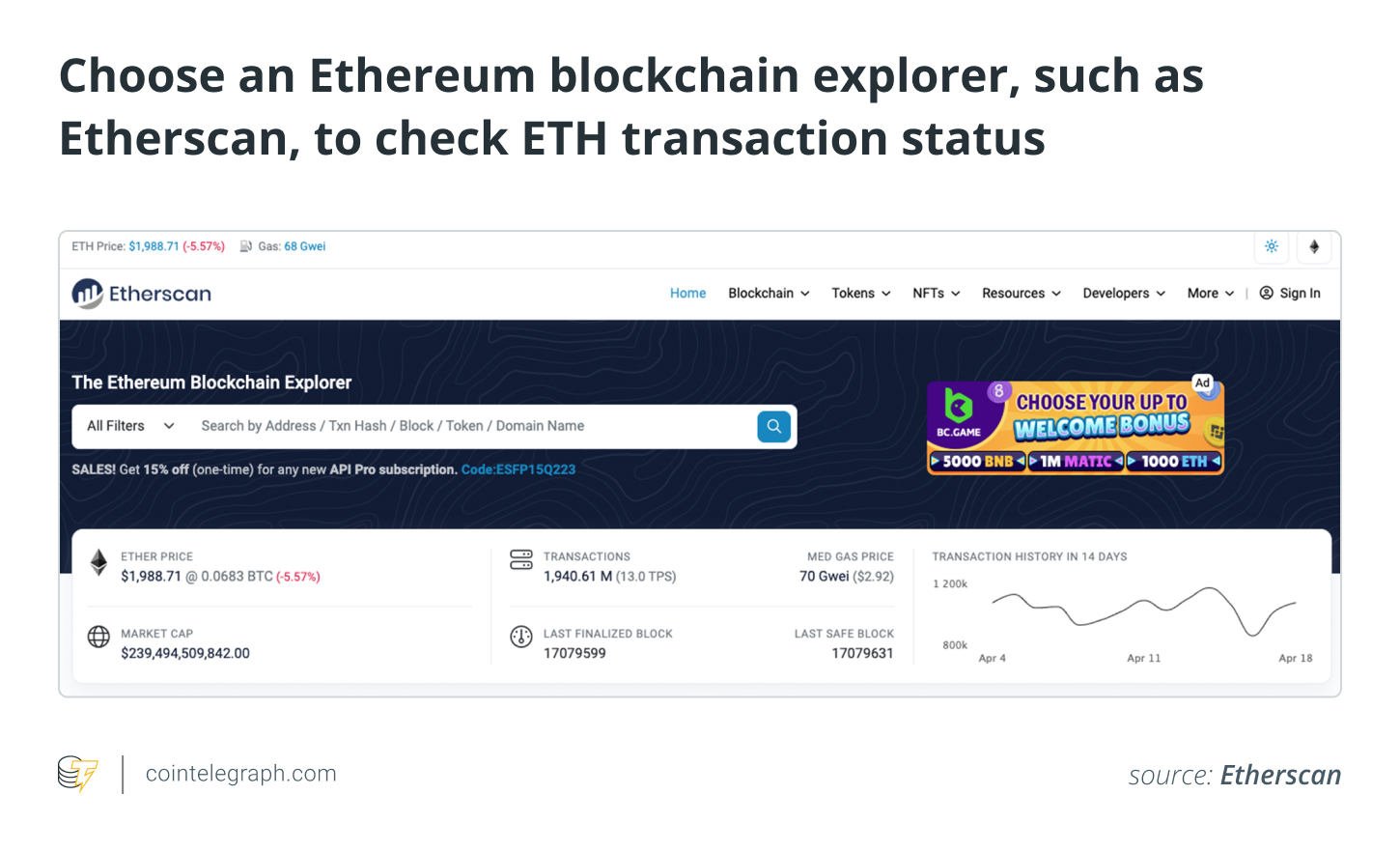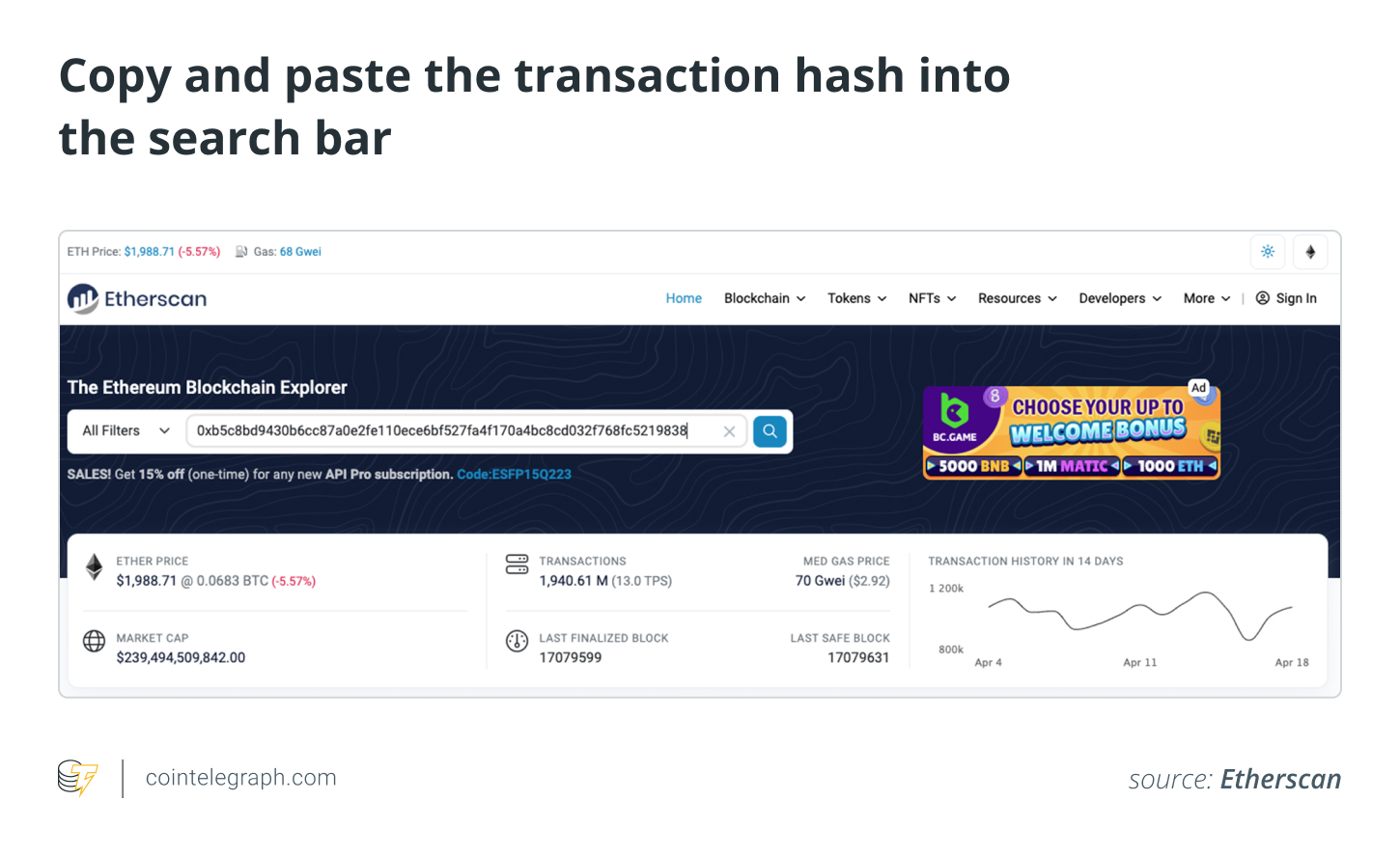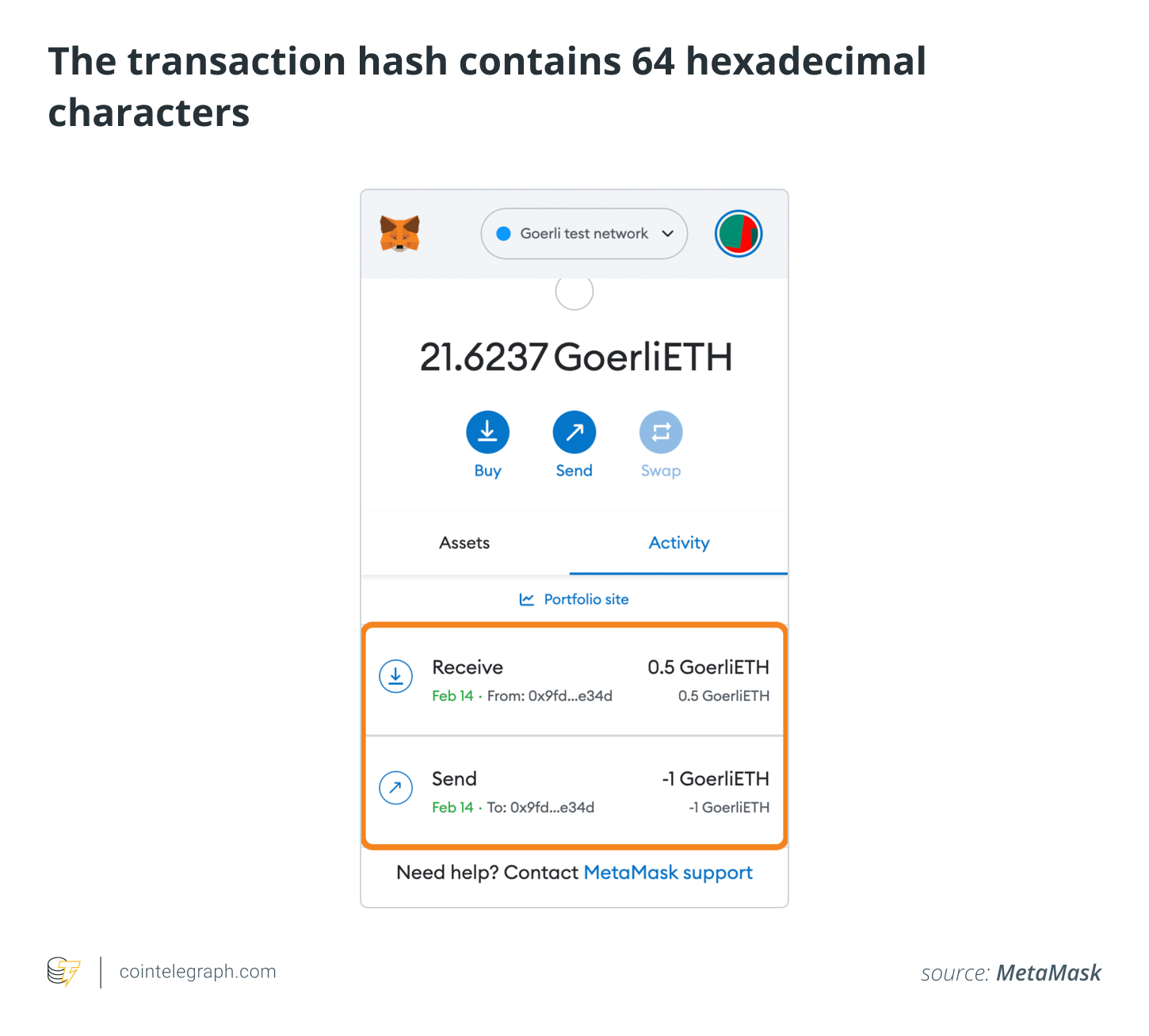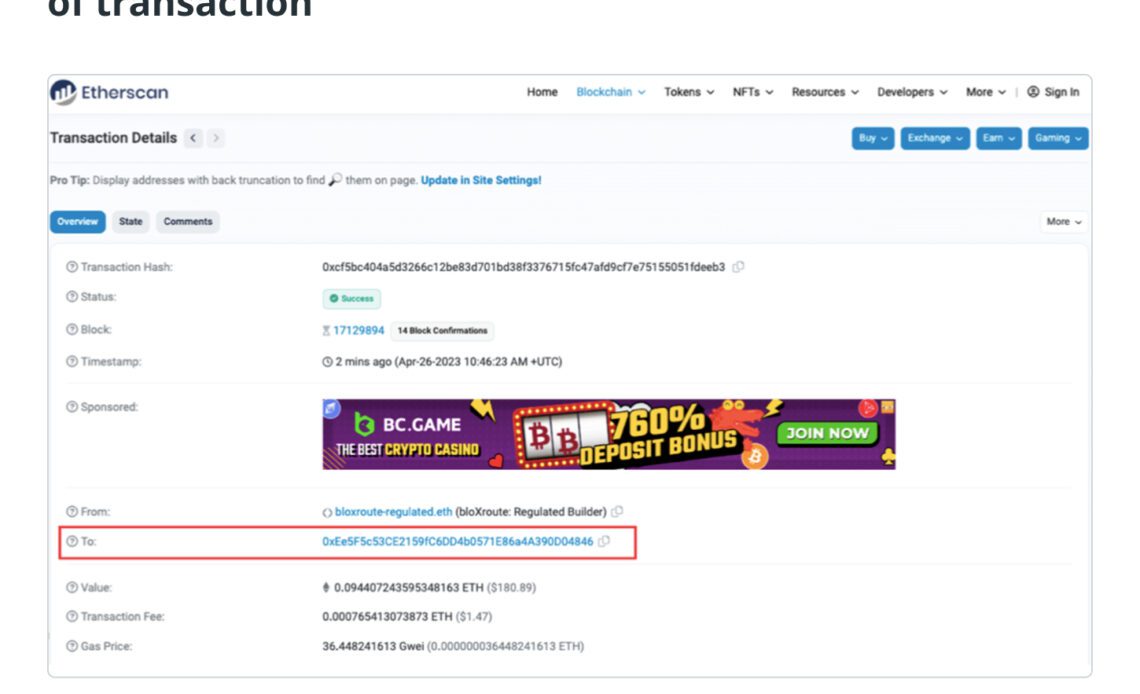A transaction on the Ethereum blockchain is technically initiated by an external account owner (not a contract). For example, if User A sends 1 Ether (ETH) to User B, the action of debiting from one account and crediting to another changes the blockchain’s state.
The change specifically takes place on the Ethereum Virtual Machine (EVM). Ethereum transactions need to be broadcast to the entire network, and any node can broadcast a request for the execution of a transaction on the EVM.
After broadcasting the request, a validator can then execute the transaction and propagate the state change to the whole network. Transaction fees are incurred during the process of validation, and each transaction must be included in a validated block. There are different types of transactions on the Ethereum network:
- Regular transactions: transactions occurring from one account to another.
- Contract-execution transactions: transactions interacting with deployed smart contracts (the “to” address is a smart contract address).
- Contract-deployment transactions: transactions with no “to” address (the data field is simply used to deploy the smart contract’s code).
How to check the status of an Ethereum transaction
Here’s a brief step-by-step guide on how to track Ethereum transactions:
Step 1: Select an Ethereum blockchain explorer
Some blockchain explorers are specific to Ethereum, such as Etherscan, Ethplorer and EthVM. Others support multiple chains, such as Blockchain.com and Tokenview, among others.

Step 2: Enter the transaction hash into the blockchain explorer’s search field
On Etherscan, for example, the search field is on the top, left-hand corner of the screen next to a dropdown that says “All Filters.” Depending on the tool, a user can search for information based on a wallet address, transaction hash (txid), block, token or domain name.

The txid is a unique identifier attached to a specific transaction. All transactions carried out on-chain, or those to and from external addresses, carry a unique txid found in the transaction details.
Depending on the platform, it can also be called a “hash” or “txn hash.” It usually looks like a string of random letters and numbers. On MetaMask, for example, a user can instantly see the txid upon clicking the “Activity” tab and selecting the transaction.

Other than the txid, traders can also use their public address (a string of 42 characters corresponding to their public account). In this case, they will be…
Click Here to Read the Full Original Article at Cointelegraph.com News…
























